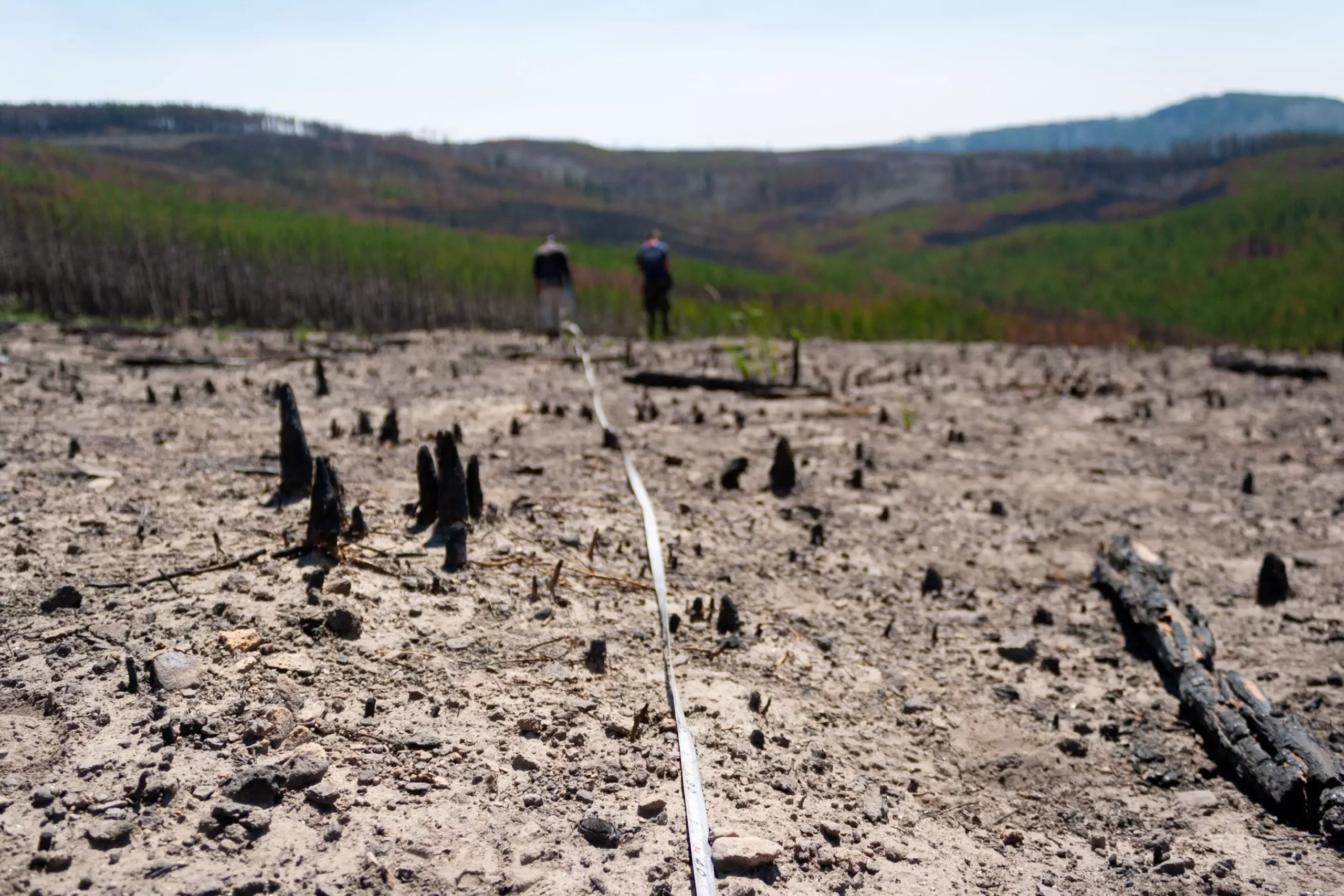Forests have long been hailed as nature’s carbon sinks, essential for combating climate change by absorbing atmospheric carbon dioxide as they grow. Their trunks, branches, leaves, and roots serve not only as habitats for countless species but also as vital components in maintaining ecological balance. Being recognized as natural climate solutions, forests have become focal points in discussions around reducing greenhouse gas emissions. However, new research presents a disheartening reality: many Western US forests may no longer be the robust allies in the fight against climate change that we once believed them to be.
This groundbreaking study published in Earth’s Future, led by forest and landscape ecologist Jazlynn Hall from the Cary Institute of Ecosystem Studies, meticulously analyzed carbon storage trends in the Western US from 2005 to 2019. The findings confirm what many environmental scientists have long speculated—that factors such as climate change and increasing wildfire prevalence are diminishing forests’ ability to store carbon effectively.
The Alarming Metrics of Carbon Storage
Hall’s investigation provides a sobering baseline for understanding carbon storage in Western forests, revealing that a decline in carbon sequestered by living trees has occurred in much of the region. Simultaneously, the carbon found in dead trees and woody debris is rising, a sign that the ecosystem is not only struggling but also undergoing detrimental changes. Unlike living trees, which store carbon for the long term, dead biomass releases significant amounts of CO2 back into the atmosphere, particularly when decomposed or burned.
Employing advanced machine learning techniques, the research team assessed various influences on carbon storage, identifying not only climate—characterized by precipitation, air temperature, and moisture—as a crucial factor but also wildfire frequency. Particularly concerning is the realization that many Western forests’ current carbon storage levels may be artificially inflated due to fire suppression tactics over the last century, which have created dense undergrowth, ultimately heightening wildfire risks.
The Regional Case: A Discreet Glimmer of Hope
Despite the dire overall findings, the Pacific Northwest stands out as an outlier. This region showcases the only ecoregions where carbon storage has actually increased during the study period. Driven by large-scale conservation efforts, such as reducing old-growth harvesting and expanding protected lands, the Pacific Northwest offers a somewhat hopeful narrative. It indicates that proactive human stewardship can generate positive results, even amidst a backdrop of widespread ecological crisis.
Hall notes, “The Pacific Northwest shows that we can change this trajectory, particularly in regions where significant conservation efforts are taking place.” Yet, even this region’s success cannot overshadow the looming threats many forests face. The urgency is palpable, especially considering that data from the devastating wildfire seasons of 2020 and 2021 were excluded from the original findings. This omission suggests that the decline in carbon retention may have accelerated further, pushing these ecosystems nearer to a tipping point.
Harsh Realities and Future Directions
Reflecting on the study’s outcomes, co-author Winslow Hansen delivers a stark warning. “I don’t think we can rely on increasing carbon storage in Western US forests,” he admits, suggesting that without prompt intervention—like mechanical thinning and prescribed burns—these forests may continue to decline in their carbon storage capabilities.
Hansen’s perspective forces us to consider the realities of fire-prone landscapes. The fire suppression that we once celebrated as a means of protecting our forests now appears to be an unsustainable model. Inaction or improper management may lead to catastrophic consequences, jeopardizing our climate objectives. His involvement in the Western Fire and Forest Resilience Collaborative reflects an effort to navigate these challenges as we reassess our relationship with fire in forest ecosystems.
A Framework for Adaptive Management
This study serves as an invaluable stepping stone for future forest management strategies. By offering a detailed view of the factors influencing carbon storage and the varying conditions across ecoregions, it paves the way for targeted interventions. Forest managers can utilize these insights to employ site-specific strategies aimed at increasing resilience against the dual threats of climate change and wildfire.
However, the pathway is fraught with challenges. There’s skepticism that carbon storage can ever return to the levels we need for a stable climate. The necessity to adapt to a new ecological reality cannot be overstated. Embracing proactive management and adopting new paradigms regarding our forests’ relationship with fire can unveil opportunities for restoration, though it is clear that significant changes will be required to navigate the uncertain future of carbon storage in the Western US.
As we move forward, understanding forest dynamics on both regional and local scales will remain a crucial component of climate mitigation strategies. The intersection of ecology, climate science, and active forest stewardship will define our success in grappling with this crisis. The path forward may hinge on our willingness to rethink our commitments to these vital ecosystems—and accept the sobering truths that demand immediate action.


Leave a Reply